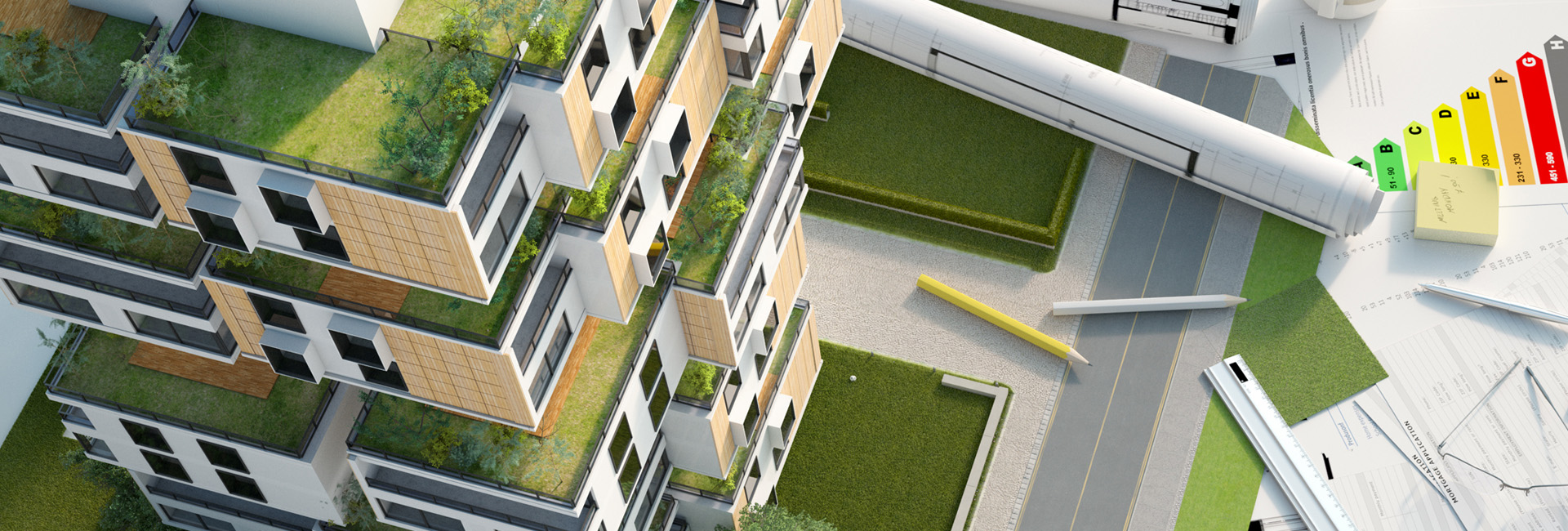CarbIP objectives
3.1 General objective
To demonstrate the industrial scale application of new, sustainably produced and circular high thermal performant composite aerogel-based insulation materials within the construction sector. Specifically, the CarbIP-LIFE consortium will demonstrate the application of these insulation materials in a new, designed for disassembly system (patent pending), “Insulated Double Walls” (IDW), for the construction of 100% circular, high thermal performant concrete façades for buildings.
3.2 Specific project objectives
Within the project duration of four years, the consortium partners aim to achieve the following specific project objectives:
SO1: Demonstrate the industrial scale production of new, composite aerogel-based insulation materials (scale: 100m³ in one day) using 4 different waste streams (recycled cellulose fibres, glass wool fibres, stone wool fibres and EPS), with the setup of a local supply chain for the (recycled, locally recovered or collected) raw materials & demonstrate the quality and thermal performance of the resulting four different composite aerogel-based materials – target: lambda value ≤0.025-0.029 W/(m-K):
- aerogel-incorporated cellulose fibre battings
- aerogel-incorporated stone wool fibre battings
- aerogel-incorporated glass wool fibre battings
- aerogel-recycled EPS beads to obtain high performance EPS applications
SO2: Demonstrate the application of the new insulation materials in circular IDW products, including monitoring and evaluation of the thermal properties and environmental impact (including circularity) of the resulting products. This also includes building a prototype façade (demo building) based on the new IDW system with the insulation materials and in-situ monitoring of the performance of the prototype (hygrothermic properties, thermal properties, jointless insulation). CRH SCB aims for a production of up to 50,000 m² IDW panels per year at the end of this project, with a thickness of 25-27 cm (7 – 13 – 7 cm), with the same or improved thermal performance as compared to sandwich panels containing PU/PIR plate shaped insulation materials.
SO3: Demonstrate the circularity and sustainability of the new composite aerogel-based insulation materials and the new type IDW products compared to current insulation materials and sandwich panels containing PU/PIR plate through LCA and Environmental Product Declaration (EPD). The consortium partners target a reduction of 67% in terms of Global Warming Potential (Climate Change) for the composite aerogel-based insulation materials, compared to the current PU/PIR plate shaped insulation materials.
SO4: Communication and dissemination of the project results – the main goal is to communicate and disseminate the importance of the composite aerogel-based insulation materials and circular IDW prototype system, highlighting positive improvements in terms of technological and environmental results. The main target audience is represented by the European construction sector, including architects, engineering bureaus, knowledge institutes, contractors, waste processors and insulation providers. Different means will be used to reach them and to communicate the results of the CarbIP-LIFE project, including the wider EU public (see 3.6.).
SO5: Ensure sustainability, replication and exploitation of the project results after the end of the project, including the development of an ‘after-LIFE conservation plan’, which contains an exploitation plan with the replication strategy for this project (both in other locations as in other applications and sectors). This project is a close-to-market project and it is the clear intention of the consortium partners to market the new composite aerogel-based insulation and IDW products. The consortium partners will also implement all data of the LCA/EPD in Building Information Management databases, as well as set up a material passport for the IDW product.



